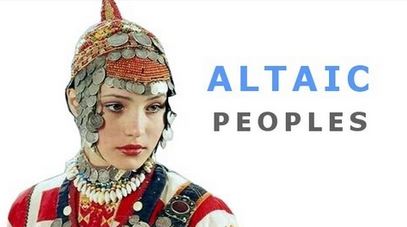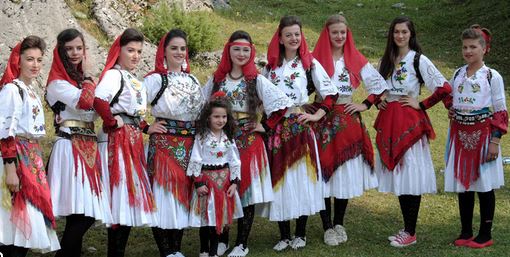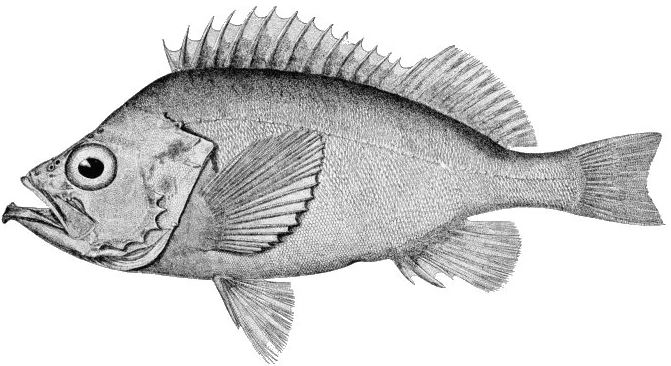The term “abjad” refers to a type of writing system where each symbol typically stands for a consonant, and vowel sounds are either omitted or indicated with optional diacritics. This system is foundational to several ancient and modern scripts, particularly in the Semitic languages. In this article, we’ll explore the concept of abjad, its historical development, and its significance in the context of writing systems.
What Is an Abjad?
An abjad is a type of consonant-based alphabetic writing system. Unlike alphabets that represent both consonants and vowels, abjads primarily use symbols for consonants. Vowel sounds are either not represented or are indicated with additional marks or diacritics. This feature makes abjads distinct from fully-fledged alphabetic systems like the Latin or Cyrillic alphabets.
In an abjad, the written form of a word typically consists only of the consonant sounds. For example, in the Arabic abjad, the word “كتاب” (kitab), meaning “book,” is written using only the consonants “k,” “t,” and “b.” The vowels are implied but not explicitly written.
Historical Development
Abjads have their roots in ancient writing systems, particularly in the Semitic languages. Here are some key historical points:
- Proto-Sinaitic Script: The earliest known abjad-like script is the Proto-Sinaitic script, which dates back to around 1850-1550 BCE. It is considered a precursor to later Semitic scripts and represents an early attempt to systematize the representation of consonant sounds.
- Phoenician Alphabet: The Phoenician alphabet, developed around 1050 BCE, is one of the most influential abjad systems. It was used by the Phoenicians, a seafaring people in the Mediterranean, and served as the basis for several other scripts, including Greek and Latin. The Phoenician script had symbols for consonants and relied on context to infer vowel sounds.
- Aramaic Script: The Aramaic script, which emerged around the 10th century BCE, evolved from the Phoenician script and became widely used across the Near East. It influenced several other writing systems, including Hebrew and Arabic.
- Hebrew and Arabic Scripts: The Hebrew script, used for writing the Hebrew language, and the Arabic script, used for Arabic and several other languages, are both modern examples of abjads. These scripts have evolved from ancient abjad systems and are still in use today.
Features of Abjad Systems
Abjads have several distinctive features:
- Consonant-Based: The primary symbols represent consonants. This focus on consonants means that readers often need to infer vowel sounds from the context.
- Optional Vowel Marks: In many abjads, vowels can be represented with diacritical marks or separate symbols. For example, in Arabic, short vowels are indicated with diacritics called “harakat.”
- Contextual Interpretation: Because vowels are often not explicitly written, readers rely on their knowledge of the language and context to understand the intended meaning of the text.
- Flexibility: The omission of vowels allows for a more flexible and compact writing system, which can be particularly useful in languages where consonants play a more significant role in meaning.
Modern Usage
Today, abjads are still in use in several languages:
- Arabic: The Arabic script is a prominent example of an abjad. It is used not only for Arabic but also for several other languages, including Persian (Farsi), Urdu, and Pashto. The Arabic script is known for its cursive nature and its use of diacritical marks to indicate vowels.
- Hebrew: The Hebrew script is used for writing the Hebrew language and, in some contexts, Yiddish and Ladino. Modern Hebrew often uses vowel marks (nikkud) in texts for children, religious texts, and poetry, but these are usually omitted in everyday writing.
- Syriac: The Syriac script, used for writing the Syriac language and its modern descendants, is another example of an abjad. It has influenced several other scripts in the region.
Advantages and Challenges
Advantages:
- Compactness: Abjads can be more compact than alphabets, as fewer symbols are used to represent the same amount of information.
- Historical Continuity: Abjads have a long history and are deeply tied to the cultural and religious texts of several civilizations.
Challenges:
- Ambiguity: The lack of explicit vowels can lead to ambiguity and require readers to rely heavily on context.
- Learning Curve: Learners must become proficient in inferring vowels and understanding contextual meanings, which can be challenging.
The abjad is a fascinating writing system with a rich history that has shaped the development of many modern scripts. By focusing primarily on consonants and relying on context to infer vowels, abjads offer a unique approach to written communication. Understanding the abjad system not only provides insights into ancient writing practices but also highlights the evolution of scripts that continue to play a significant role in various languages today.

















